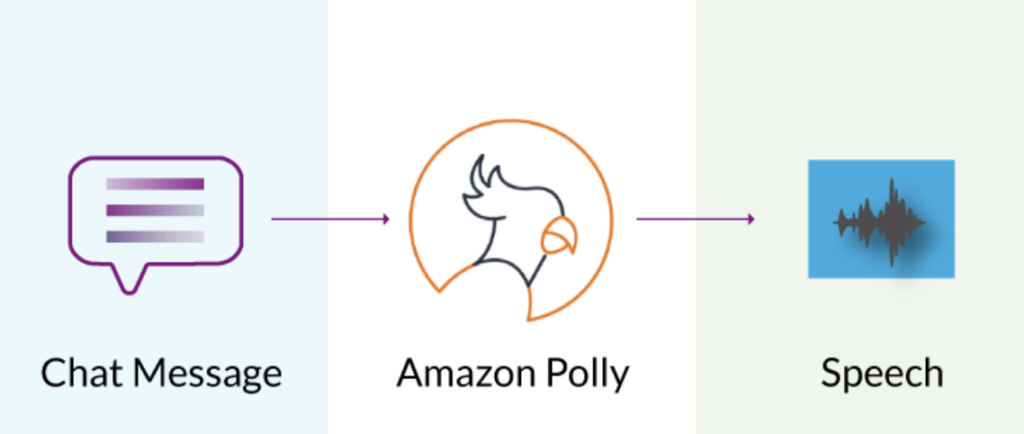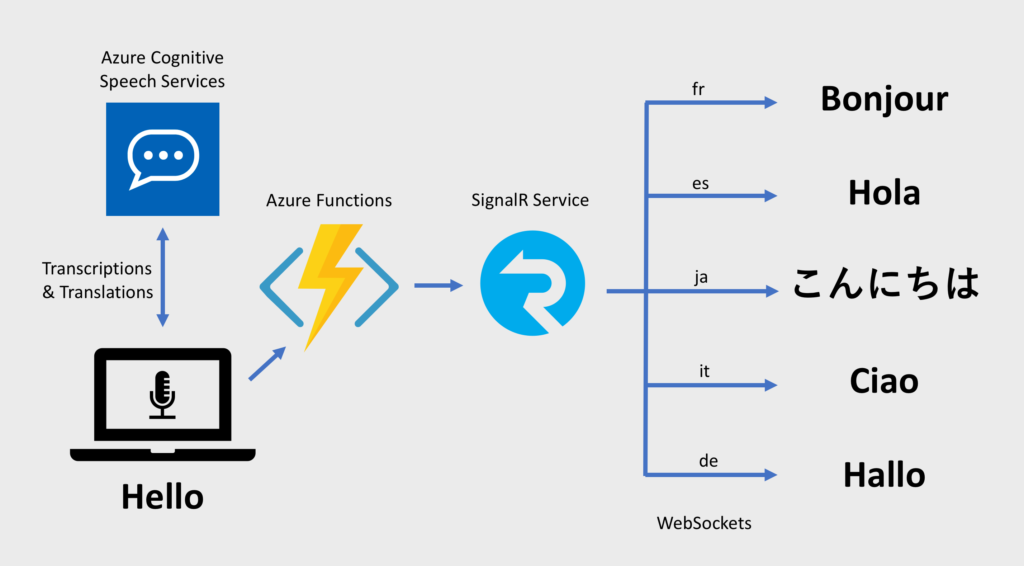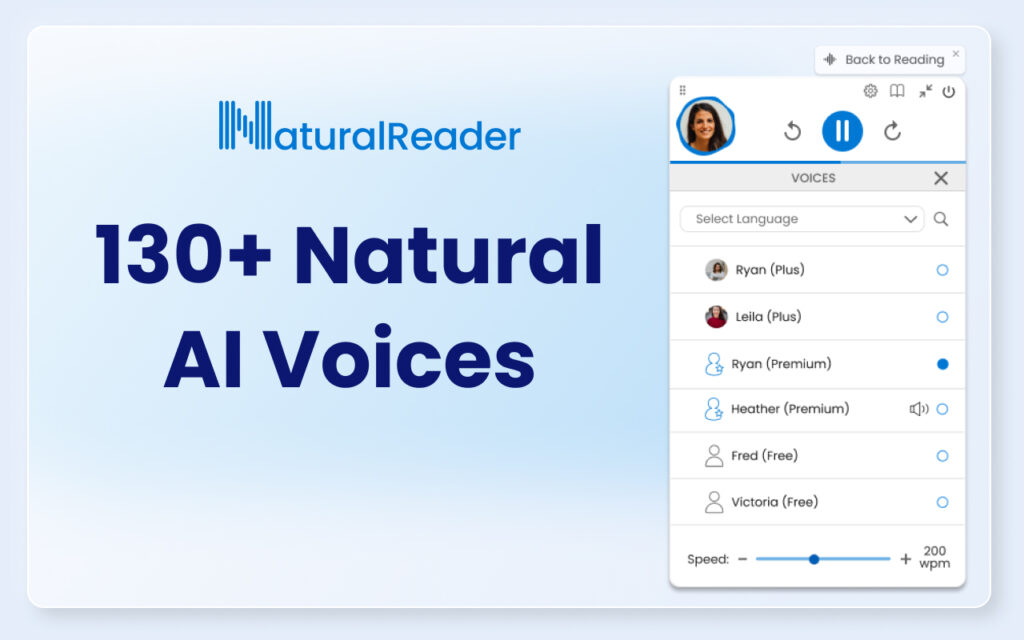
1. Google Cloud Text-to-Speech:
Google Cloud Text-to-Speech offers cutting-edge AI voice software powered by advanced natural language processing (NLP) and deep learning technologies. It provides developers with robust text-to-speech (TTS) capabilities, including lifelike synthetic speech generation using WaveNet technology. With its extensive language support and customizable voice variants, it’s a top choice for integrating AI-driven voice synthesis into applications and services.
These are the main features of Google Cloud Test to speech
- WaveNet Technology: Utilizes Google’s WaveNet technology for producing high-quality, natural-sounding speech.
- Multilingual Support: Offers support for a wide range of languages and dialects, catering to a global audience.
- Voice Customization: Provides customization options for adjusting voice characteristics such as pitch, speed, and volume.
- Neural Network Models: Employs advanced neural network models to generate lifelike speech with human-like intonation and fluency.
- Easy Integration: Seamlessly integrates with Google Cloud Platform and provides APIs for easy integration into various applications and services.

2. Amazon Polly:
Amazon Polly is a leading AI voice software solution known for its powerful text-to-speech (TTS) technology. Leveraging sophisticated deep learning algorithms, Amazon Polly produces natural-sounding synthetic speech that closely mimics human voices. Developers benefit from its seamless integration options, extensive language support, and customizable voice characteristics, making it ideal for various applications such as virtual assistants, e-learning platforms, and accessibility tools. Its features are given below:
- Lifelike Voices: Offers a diverse selection of lifelike voices with varying accents and styles, enhancing user engagement.
- Speech Markup Tags: Supports Speech Synthesis Markup Language (SSML) for fine-tuning speech output with pauses, emphasis, and other effects.
- Dynamic Speech Generation: Enables real-time synthesis of dynamic content, making it suitable for applications requiring dynamic text-to-speech conversion.
- Pronunciation Lexicon: Allows customization of pronunciation for specific words or phrases, ensuring accurate speech synthesis.
- Cloud-Based Service: Hosted on Amazon Web Services (AWS) cloud infrastructure, providing scalability, reliability, and global accessibility.

3. IBM Watson Text to Speech:
IBM Watson Text to Speech stands out as a premier AI voice software platform, offering advanced natural language processing (NLP) capabilities for text-to-speech (TTS) conversion. With its state-of-the-art neural network models, IBM Watson delivers high-quality synthesized speech in multiple languages and dialects. Developers appreciate its flexibility, robust APIs, and voice customization features, making it a preferred choice for creating immersive voice-enabled experiences across diverse industries. Below are listed the attributes.:
- Expressive Speech Styles: Offers a range of expressive speech styles, including formal, conversational, and newscaster styles.
- Customizable Voice Models: Allows customization of voice models to match specific brand identities or user preferences.
- Pronunciation Customization: Provides tools for fine-tuning pronunciation and intonation to ensure accurate and natural-sounding speech output.
- Language Support: Supports a wide variety of languages and dialects, making it suitable for global applications.
- Advanced Neural Models: Leverages advanced neural network models for enhanced speech synthesis quality and naturalness.

4. Microsoft Azure Text to Speech:
Microsoft Azure Text to Speech is a leading AI voice software service renowned for its deep integration with Azure cloud infrastructure and advanced speech synthesis capabilities. Powered by cutting-edge neural text-to-speech (NTTS) technology, Azure Text to Speech delivers natural-sounding speech output with exceptional clarity and expressiveness. Its comprehensive language support, customizable voice options, and seamless integration with Azure services make it an ideal choice for building innovative AI-powered applications and services. Its features are mentioned below:
- Neural Text-to-Speech (NTTS): Utilizes state-of-the-art neural text-to-speech technology for producing highly natural and expressive speech.
- Dynamic Voice Generation: Allows for the dynamic generation of speech from text in real-time, enabling interactive and responsive applications.
- Custom Voice Creation: Offers tools for creating custom voice models tailored to specific applications or scenarios.
- Speech Markup Support: Supports SSML for fine-tuning speech output with emphasis, pauses, and other prosodic features.
- Azure Integration: Seamlessly integrates with other Microsoft Azure services, providing a comprehensive cloud-based solution for speech synthesis.

5. NaturalReader:
NaturalReader is a versatile AI voice software solution offering intuitive text-to-speech (TTS) functionality with a focus on natural-sounding speech synthesis. Leveraging advanced neural network algorithms, NaturalReader provides lifelike voice output suitable for various applications, including educational materials, accessibility tools, and content creation platforms. Its user-friendly interface, multi-platform support, and customizable voice settings make it a preferred choice for individuals and organizations seeking an accessible and feature-rich AI voice solution. Its features are mentioned below:
- User-Friendly Interface: Features an intuitive and easy-to-use interface, making it accessible to users of all skill levels.
- Multiple Platform Support: Available across multiple platforms including web, desktop, and mobile devices, ensuring flexibility and accessibility.
- Personalized Voices: Offers customizable voice options, allowing users to adjust voice characteristics such as pitch, speed, and accent.
- Document Reading: Supports reading various document formats such as PDF, Word, and text files, enabling easy conversion of written content into speech.
- Offline Mode: Provides the option for offline use, allowing users to access synthesized speech without an internet connection, enhancing convenience and accessibility.

